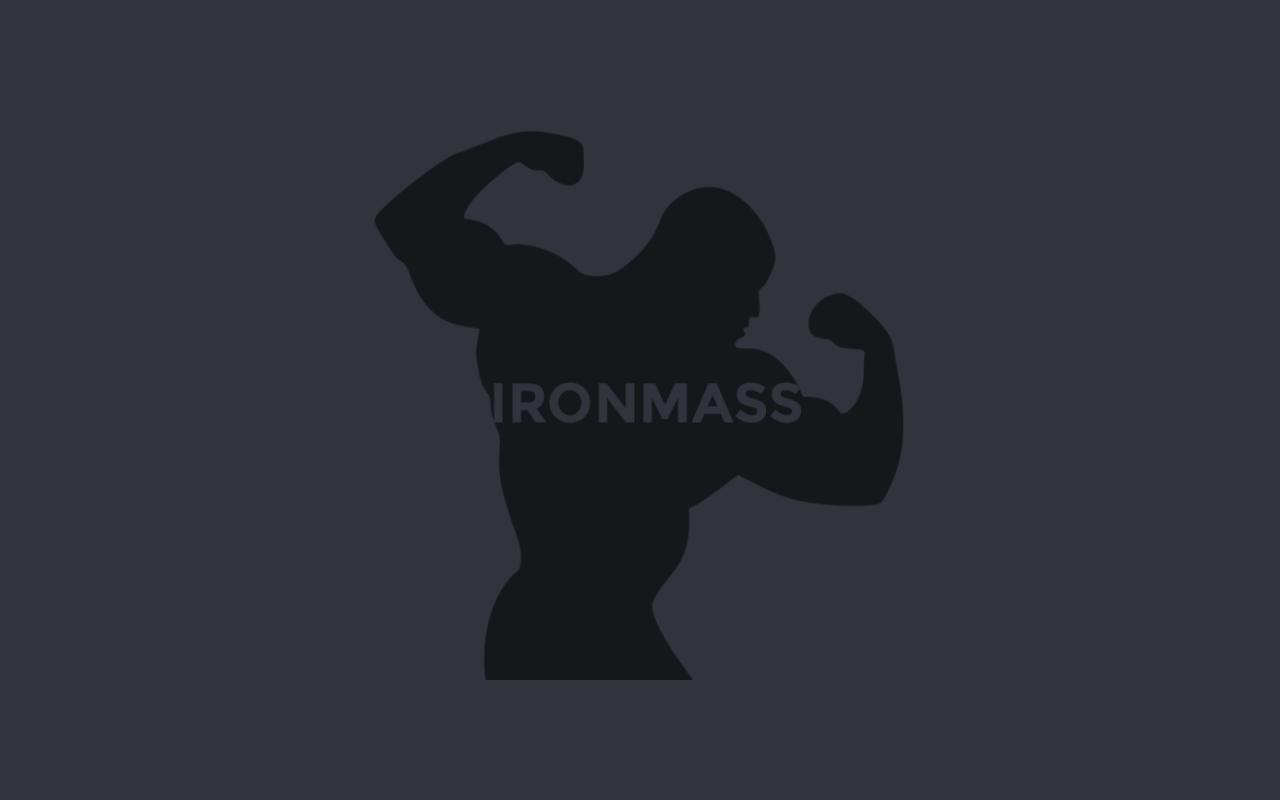Welcome to WordPress. This is your first post. Edit or delete it, then start blogging!
Olympic & Powerlifting
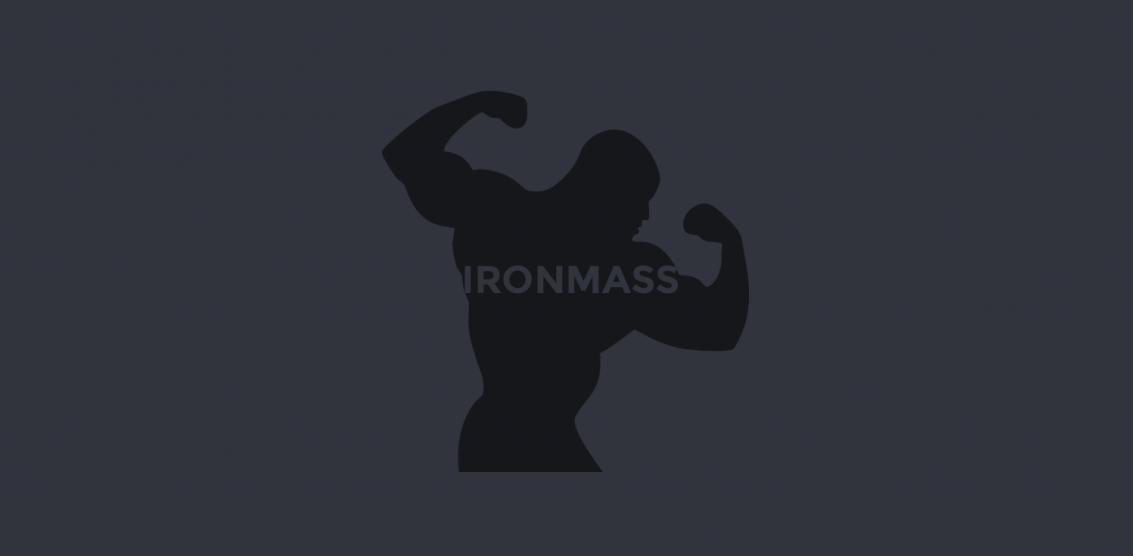
about powerlifting classes
Whether you are a newbie or an experienced athlete, if you want to improve yourself and hone your physical condition, this is the place to be! Among our wide variety of CrossFit and fitness classes we offer a powerlifting services that meet no competition!
Our gym’s powerlifting classes offer everything you will need to meet and exceed your expectations. We have a schedule of open training hours, a highly dedicated powerlifting team, and a very client oriented personal training. The powerlifting classes are open three times a week for the three main lifts and assistance workouts: squats, benches, and deadlifts. On top of that we offer scheduled (and unscheduled) accessory training weekly. Bringing in your own chalk and powder are always welcomed! Our powerlifting can be proud of having an all-competitions-ready set of quality equipment. The beauty of the CrossFit broad appeal is that it can be used to train anyone…
People whom we would recommend taking our CrossFit classes:
- Professional athletes, preparing for competitions
- Law enforcement officers, participating in an active duty
- Amateur athletes with a mid to long experience in fitness
Fitness
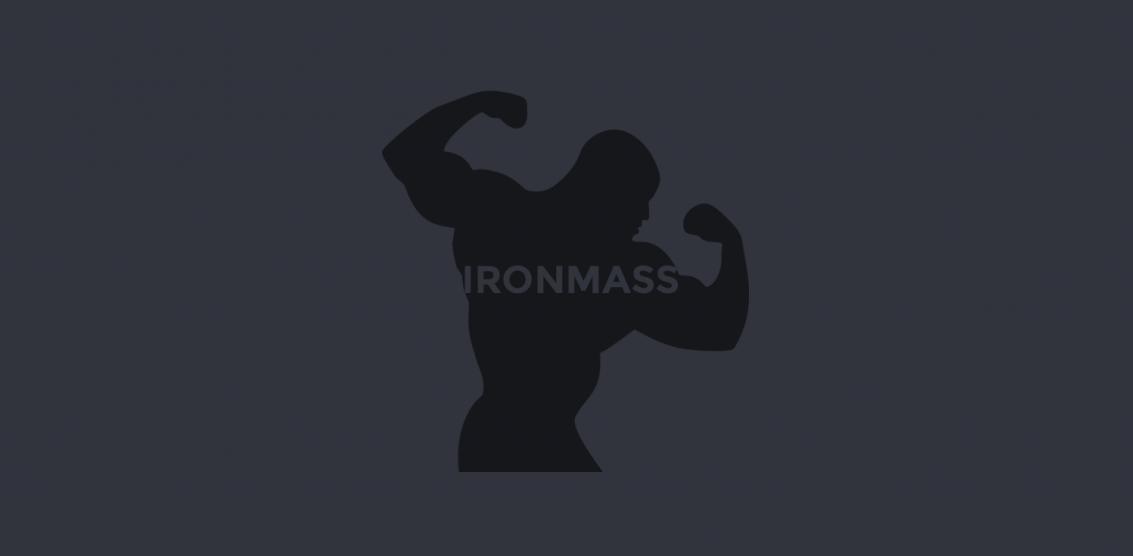
about fitness classes
Our fitness classes have all the equipment necessary to provide a great exercise. For sure we do have traditional cardio equipment as well. That is one of our main focuses because cardiovascular fitness is indeed important. Even the professional athletes who train at our classes essentially need this. In fact, unlike in a majority of other gyms, our specialty equipment is used to eliminate all the unnecessary, outdated stuff.
We refer to the equipment that rarely helps amateur athletes as, in fact, boring. A specialty gym like ironmass offers a variety of proven, engaging fitness methods. Our techniques will give you a hand in getting rid of all the extra weight and keeping your shape up! We never intimidate our trainees. Neither do we overload them with unnecessary training routines. Our gym’s coaches always try to provide the best assistance they can. Our goal is to guarantee the friendliest and utmost competitive atmosphere.
People whom we would recommend taking our CrossFit classes:
- Professional athletes, preparing for competitions
- Law enforcement officers, participating in an active duty
- Amateur athletes with a mid to long experience in fitness
Yoga
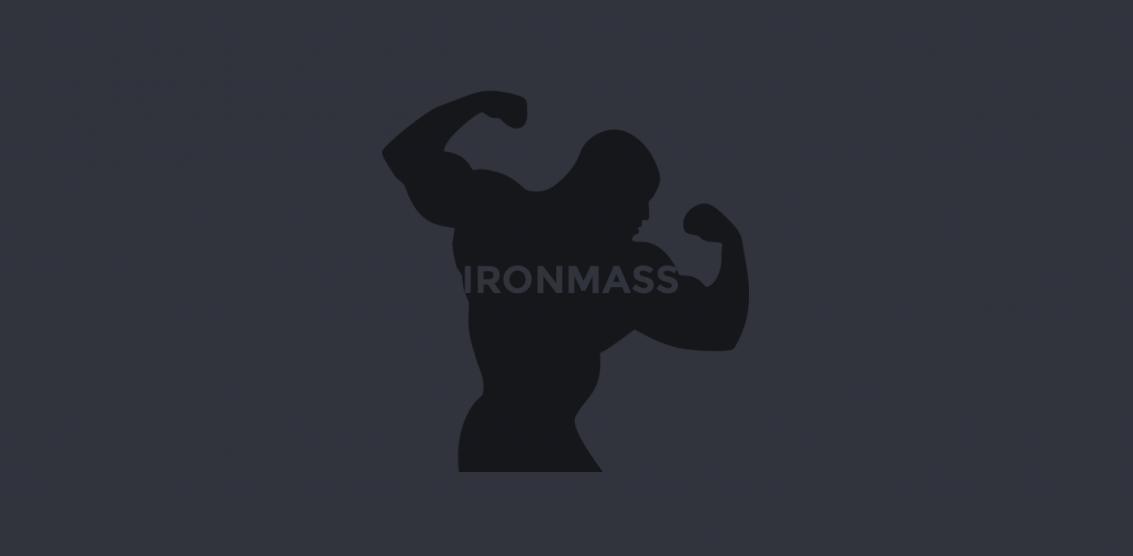
about fitness classes
Yoga is an important part of every fitness facility’s schedule nowadays. That is all due to yoga being so universal for all kinds of people and the overall benefits it brings to any person’s health and shape. The yoga classes listed below have a shorter duration time than our other classes on the schedule. Every yoga class at the ironmass gym is beginner and prenatal friendly!
1) Easy Yoga, is a 1 hour, once per week session.
Due to it’s lightweight itinerary, its advised for seniors, people with minor injuries and prenatal students.
2) Community Class is 1 hour, once per week.
This class involves working out in a big group of students, who are engaged in intense workouts and asanas!
People whom we would recommend taking our CrossFit classes:
- Professional athletes, preparing for competitions
- Law enforcement officers, participating in an active duty
- Amateur athletes with a mid to long experience in fitness
CrossFit
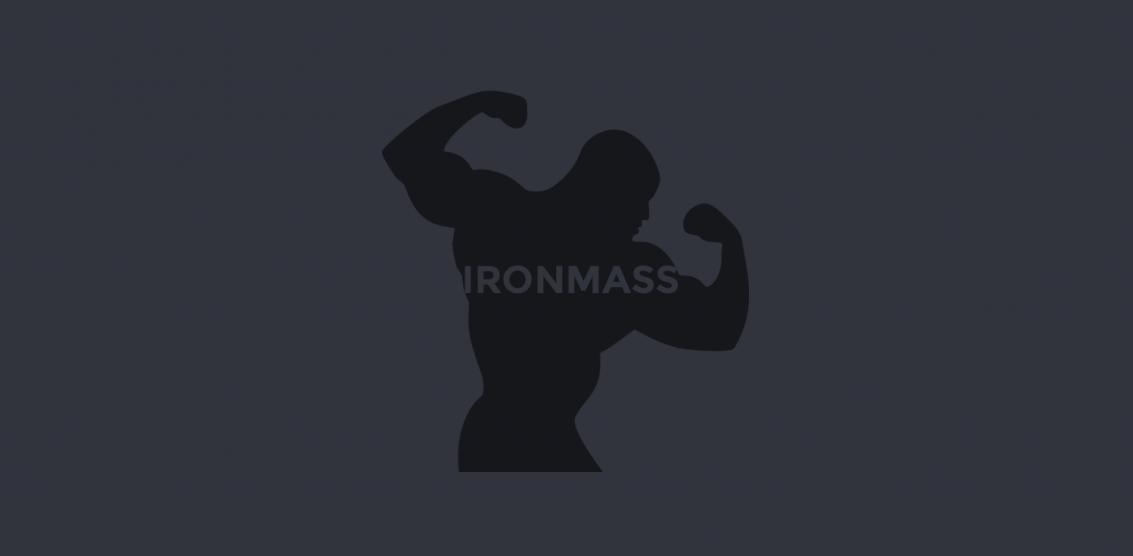
What is CrossFit?
CrossFit is a principal strength and conditioning program. it’s used by many serious, law enforcement and military institutions. Oftentimes it’s used at the police academies and in military special operations units. As well as by hundreds of other amateur and professional athletes worldwide.
CrossFit is a universal fitness program. It includes everything to help you achieve the top of your shape.
People whom we train will not necessarily be using their strengths on a regular basis. Still it provides a universal and a well-rounded course of training for anyone. CrossFit will be useful regardless of anyone’s station in life.
Once again, the CrossFit program is designed for universal scalability.
People whom we would recommend taking our CrossFit classes:
- Professional athletes, preparing for competitions
- Law enforcement officers, participating in an active duty
- Amateur athletes with a mid to long experience in fitness
Weightlifting Program Plan: Be Flexible With the Prescriptions
There are millions of ways on how to compose good weightlifting workout programs. Some coaches stay true to few basic plans on such training. They simply tweak them to be fit for different skills and experience levels. But we are sticking to quite a different plan. We put our focus on intensity (actual weights) prescriptions for any specific powerlifter. I personally am sure there are times when both approaches are applicable, even within the same workout session…

Is Prescription Working?
There is a basic, first situation when it’s not a good idea to do intensity prescriptions. That’s when the lifter is a newbie. And there are two really simple reasons for that. First is, that such powerlifters either don’t have 1RMs to base the intensity prescriptions on or the 1RMs they have are not correct. The latter reason occurs due to a mix of multiple factors. Such as limited technical ability, limited mobility, poor neurological efficiency, and the weak power of will. Secondly, new powerlifters usually progress very quickly to the next routines of the

Useful Advice
The next situation is in a program in which the trainer wants the powerlifter to workout as intense as possible on any given session. This may mean aspiring to a single maximal or near-maximal set (perhaps with subsequent back-off sets). Then lifter’s hitting a prescribed number of sets of the maximal number of weights per set. In such a situation it’s always better to listen to the coach’s personal guidance. No one except your trainer will be able to intuitively figure out what’s best for your workout routine right now.
Or your coach may be the one who prefers you to go by feel, rather than using any prescription workout weights and intensities. Samuel Hamilton
A third situation includes few factors that can make intensity prescriptions obscure as well. Like when you stumble into specific exercises for which 1RMs don’t exist at all. Maybe you run into exercises for which 1RMs are not possible or not advisable. Also, there can be such a routines, for which 1RMs have not been tested yet. Thus, they are assumed to be incorrect due to that. Or your coach may be the one who prefers you to go by feel, rather than using any prescription workout weights and intensities. In such a coach’s opinion the degree of effort or speed requires the intensity to be determined by gut feeling. As well as by measuring your specific shape, day to day.
Finally, some kinds of workouts are better to have at least some detailed plan laid out. Like, e.g. when the weights should increase over the course of 5 weeks and should be maxed out each time, etc. Exercises like squats, good mornings, stiff legged deadlifts, etc. often fall into this category.
If My Last Day of CrossFit Were Tomorrow…
There are millions of ways on how to compose good weightlifting workout programs. Some coaches stay true to few basic plans on such training. They simply tweak them to be fit for different skills and experience levels. But we are sticking to quite a different plan. We put our focus on intensity (actual weights) prescriptions for any specific powerlifter. I personally am sure there are times when both approaches are applicable, even within the same workout session…

Is Prescription Working?
There is a basic, first situation when it’s not a good idea to do intensity prescriptions. That’s when the lifter is a newbie. And there are two really simple reasons for that. First is, that such powerlifters either don’t have 1RMs to base the intensity prescriptions on or the 1RMs they have are not correct. The latter reason occurs due to a mix of multiple factors. Such as limited technical ability, limited mobility, poor neurological efficiency, and the weak power of will. Secondly, new powerlifters usually progress very quickly to the next routines of the

Useful Advice
The next situation is in a program in which the trainer wants the powerlifter to workout as intense as possible on any given session. This may mean aspiring to a single maximal or near-maximal set (perhaps with subsequent back-off sets). Then lifter’s hitting a prescribed number of sets of the maximal number of weights per set. In such a situation it’s always better to listen to the coach’s personal guidance. No one except your trainer will be able to intuitively figure out what’s best for your workout routine right now.
Or your coach may be the one who prefers you to go by feel, rather than using any prescription workout weights and intensities. Samuel Hamilton
A third situation includes few factors that can make intensity prescriptions obscure as well. Like when you stumble into specific exercises for which 1RMs don’t exist at all. Maybe you run into exercises for which 1RMs are not possible or not advisable. Also, there can be such a routines, for which 1RMs have not been tested yet. Thus, they are assumed to be incorrect due to that. Or your coach may be the one who prefers you to go by feel, rather than using any prescription workout weights and intensities. In such a coach’s opinion the degree of effort or speed requires the intensity to be determined by gut feeling. As well as by measuring your specific shape, day to day.
Finally, some kinds of workouts are better to have at least some detailed plan laid out. Like, e.g. when the weights should increase over the course of 5 weeks and should be maxed out each time, etc. Exercises like squats, good mornings, stiff legged deadlifts, etc. often fall into this category.
Restoring Strength and Getting Back to CrossFit After Pregnancy
There are millions of ways on how to compose good weightlifting workout programs. Some coaches stay true to few basic plans on such training. They simply tweak them to be fit for different skills and experience levels. But we are sticking to quite a different plan. We put our focus on intensity (actual weights) prescriptions for any specific powerlifter. I personally am sure there are times when both approaches are applicable, even within the same workout session…

Is Prescription Working?
There is a basic, first situation when it’s not a good idea to do intensity prescriptions. That’s when the lifter is a newbie. And there are two really simple reasons for that. First is, that such powerlifters either don’t have 1RMs to base the intensity prescriptions on or the 1RMs they have are not correct. The latter reason occurs due to a mix of multiple factors. Such as limited technical ability, limited mobility, poor neurological efficiency, and the weak power of will. Secondly, new powerlifters usually progress very quickly to the next routines of the

Useful Advice
The next situation is in a program in which the trainer wants the powerlifter to workout as intense as possible on any given session. This may mean aspiring to a single maximal or near-maximal set (perhaps with subsequent back-off sets). Then lifter’s hitting a prescribed number of sets of the maximal number of weights per set. In such a situation it’s always better to listen to the coach’s personal guidance. No one except your trainer will be able to intuitively figure out what’s best for your workout routine right now.
Or your coach may be the one who prefers you to go by feel, rather than using any prescription workout weights and intensities. Samuel Hamilton
A third situation includes few factors that can make intensity prescriptions obscure as well. Like when you stumble into specific exercises for which 1RMs don’t exist at all. Maybe you run into exercises for which 1RMs are not possible or not advisable. Also, there can be such a routines, for which 1RMs have not been tested yet. Thus, they are assumed to be incorrect due to that. Or your coach may be the one who prefers you to go by feel, rather than using any prescription workout weights and intensities. In such a coach’s opinion the degree of effort or speed requires the intensity to be determined by gut feeling. As well as by measuring your specific shape, day to day.
Finally, some kinds of workouts are better to have at least some detailed plan laid out. Like, e.g. when the weights should increase over the course of 5 weeks and should be maxed out each time, etc. Exercises like squats, good mornings, stiff legged deadlifts, etc. often fall into this category.
Is Your Power of Will Strong and Determined Enough?
There are millions of ways on how to compose good weightlifting workout programs. Some coaches stay true to few basic plans on such training. They simply tweak them to be fit for different skills and experience levels. But we are sticking to quite a different plan. We put our focus on intensity (actual weights) prescriptions for any specific powerlifter. I personally am sure there are times when both approaches are applicable, even within the same workout session…

Is Prescription Working?
There is a basic, first situation when it’s not a good idea to do intensity prescriptions. That’s when the lifter is a newbie. And there are two really simple reasons for that. First is, that such powerlifters either don’t have 1RMs to base the intensity prescriptions on or the 1RMs they have are not correct. The latter reason occurs due to a mix of multiple factors. Such as limited technical ability, limited mobility, poor neurological efficiency, and the weak power of will. Secondly, new powerlifters usually progress very quickly to the next routines of the

Useful Advice
The next situation is in a program in which the trainer wants the powerlifter to workout as intense as possible on any given session. This may mean aspiring to a single maximal or near-maximal set (perhaps with subsequent back-off sets). Then lifter’s hitting a prescribed number of sets of the maximal number of weights per set. In such a situation it’s always better to listen to the coach’s personal guidance. No one except your trainer will be able to intuitively figure out what’s best for your workout routine right now.
Or your coach may be the one who prefers you to go by feel, rather than using any prescription workout weights and intensities. Samuel Hamilton
A third situation includes few factors that can make intensity prescriptions obscure as well. Like when you stumble into specific exercises for which 1RMs don’t exist at all. Maybe you run into exercises for which 1RMs are not possible or not advisable. Also, there can be such a routines, for which 1RMs have not been tested yet. Thus, they are assumed to be incorrect due to that. Or your coach may be the one who prefers you to go by feel, rather than using any prescription workout weights and intensities. In such a coach’s opinion the degree of effort or speed requires the intensity to be determined by gut feeling. As well as by measuring your specific shape, day to day.
Finally, some kinds of workouts are better to have at least some detailed plan laid out. Like, e.g. when the weights should increase over the course of 5 weeks and should be maxed out each time, etc. Exercises like squats, good mornings, stiff legged deadlifts, etc. often fall into this category.
Are Wrist Wraps Useless and Redundant?
There are millions of ways on how to compose good weightlifting workout programs. Some coaches stay true to few basic plans on such training. They simply tweak them to be fit for different skills and experience levels. But we are sticking to quite a different plan. We put our focus on intensity (actual weights) prescriptions for any specific powerlifter. I personally am sure there are times when both approaches are applicable, even within the same workout session…

Is Prescription Working?
There is a basic, first situation when it’s not a good idea to do intensity prescriptions. That’s when the lifter is a newbie. And there are two really simple reasons for that. First is, that such powerlifters either don’t have 1RMs to base the intensity prescriptions on or the 1RMs they have are not correct. The latter reason occurs due to a mix of multiple factors. Such as limited technical ability, limited mobility, poor neurological efficiency, and the weak power of will. Secondly, new powerlifters usually progress very quickly to the next routines of the

Useful Advice
The next situation is in a program in which the trainer wants the powerlifter to workout as intense as possible on any given session. This may mean aspiring to a single maximal or near-maximal set (perhaps with subsequent back-off sets). Then lifter’s hitting a prescribed number of sets of the maximal number of weights per set. In such a situation it’s always better to listen to the coach’s personal guidance. No one except your trainer will be able to intuitively figure out what’s best for your workout routine right now.
Or your coach may be the one who prefers you to go by feel, rather than using any prescription workout weights and intensities. Samuel Hamilton
A third situation includes few factors that can make intensity prescriptions obscure as well. Like when you stumble into specific exercises for which 1RMs don’t exist at all. Maybe you run into exercises for which 1RMs are not possible or not advisable. Also, there can be such a routines, for which 1RMs have not been tested yet. Thus, they are assumed to be incorrect due to that. Or your coach may be the one who prefers you to go by feel, rather than using any prescription workout weights and intensities. In such a coach’s opinion the degree of effort or speed requires the intensity to be determined by gut feeling. As well as by measuring your specific shape, day to day.
Finally, some kinds of workouts are better to have at least some detailed plan laid out. Like, e.g. when the weights should increase over the course of 5 weeks and should be maxed out each time, etc. Exercises like squats, good mornings, stiff legged deadlifts, etc. often fall into this category.



